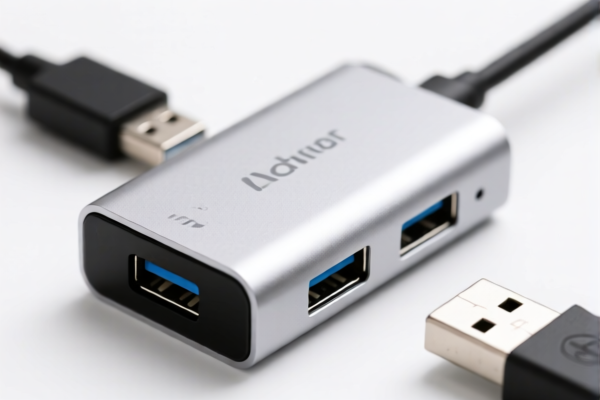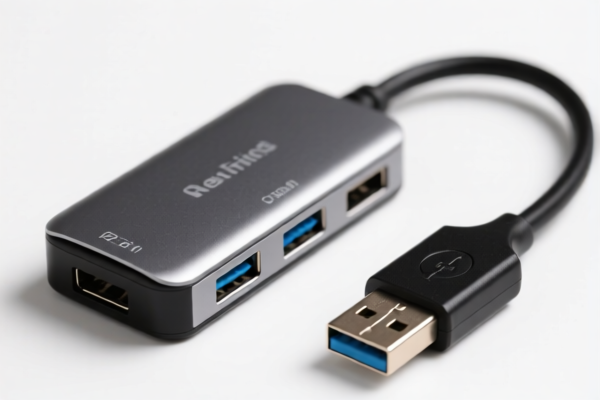| HS Code | Official Doc | Tariff Rate | Origin | Destination | Effective Date |
|---|---|---|---|---|---|
| 8504409510 | Doc | 55.0% | CN | US | 2025-05-12 |
| 8529907700 | Doc | 55.0% | CN | US | 2025-05-12 |
| 8536100020 | Doc | 57.7% | CN | US | 2025-05-12 |
| 8536610000 | Doc | 57.7% | CN | US | 2025-05-12 |
| 8536490080 | Doc | 57.7% | CN | US | 2025-05-12 |




- Product Classification: USB Hub (related products including USB power adapters, USB circuit board connectors, and USB charging sockets)
- HS CODEs:
- 8504409510 – USB Power Adapter
- 8529907700 – USB Circuit Board Connector
- 8536100020 – USB Charging Socket
- 8536610000 – USB Charging Socket
-
8536490080 – USB Socket
-
Tariff Overview:
- Base Tariff Rate: Varies by product (0.0% for 8504409510 and 8529907700; 2.7% for others)
- Additional Tariff: 25.0% applied to all products
- Special Tariff after April 11, 2025: 30.0% added on top of the existing tariffs
-
Total Tax Rate: 55.0% for most products, with a few reaching 57.7% due to base tariffs
-
Key Notes:
- April 11 Special Tariff: Applies to all listed products starting April 11, 2025. This is a time-sensitive policy and must be accounted for in cost calculations.
- Anti-dumping duties: Not applicable for these products based on current data.
- Material and Certification: Verify the exact product composition and whether certifications (e.g., CE, FCC) are required for import compliance.
-
Unit Price and Classification: Ensure the product is correctly classified under the appropriate HS code, as misclassification can lead to higher tariffs or customs delays.
-
Proactive Advice:
- Confirm the exact product description and technical specifications to ensure correct HS code assignment.
- Review the latest customs regulations and tariff updates, especially for the April 11, 2025, policy change.
- Consider consulting a customs broker or using a customs compliance tool for accurate tax calculation and documentation.
Customer Reviews
I found exactly what I needed about HS Code 3925. This site is a lifesaver for export documentation.
The details on the 5% tariff were helpful, but I had to do a bit of extra research to confirm the rates.
This page made it easy to find the right HS code for my plastic doors. A must-visit for exporters.
The explanation of the 5% tariff rate was straightforward. Just wish there was more info on duty exemptions.
I was looking for HS code info for plastic doors and this page had it all. Very helpful for my business.